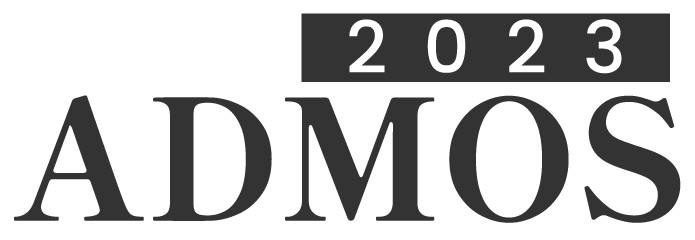

A Reduced Order Approximation for Identification of Non-linear Material Parameters using Optimal Control Method
Please login to view abstract download link
The objective of this research is to introduce a parametric identification strategy based on full field measurements obtained from digital image correlation (DIC). The optimal control method consists of segregating the equations pertaining to the modelling of the experiments into reliable and less reliable sets, and it does not require complete information of the boundaries, and measurement zone does not need to be on the complete structure. The proposed scheme is an extension of the optimal control method previously developed for determining elastic parameters, and herein the focus is on material parameters concerning non-linear behaviour like plasticity, damage and hardening. The optimal control approach which can be seen as a variant of the modified constitutive relation error (MCRE) method, considers the equivalence of the kinematic measurements and the model displacements to be the only unreliable equation. MCRE methods have been used previously for generalised standard materials where the constitutive behaviour can be expressed in terms of state laws and evolutions equations. The resolution of the non-linear optimisation functional under non-linear constraint is achieved through an iterative solver such as the large time increment (LATIN) method. This method segregates the difficulty into a global linear set of equations and a non-linear local set of equations, and a spacetime resolution is achieved through iterations between these two sets. Although usage of LATIN type iterative procedure in MCRE type method is not unprecedented, the usage of proper generalised decomposition (PGD) based reduced order approximation can be considered to be a novelty of this research. For plasticity behaviour, the quantities of interests are represented in separable variable forms (in space and time), and they are iteratively solved through sundered spatial and temporal problems till convergence is achieved. Extension of this methodology for coupled damaging behaviour can be achieved through separation of the variables and admissibilities based on plastic and damage influences, and resolutions are thereby achieved through iterations. This approximation provides immense numerical frugality in the optimisation scheme, exemplified by certain academic cases.

